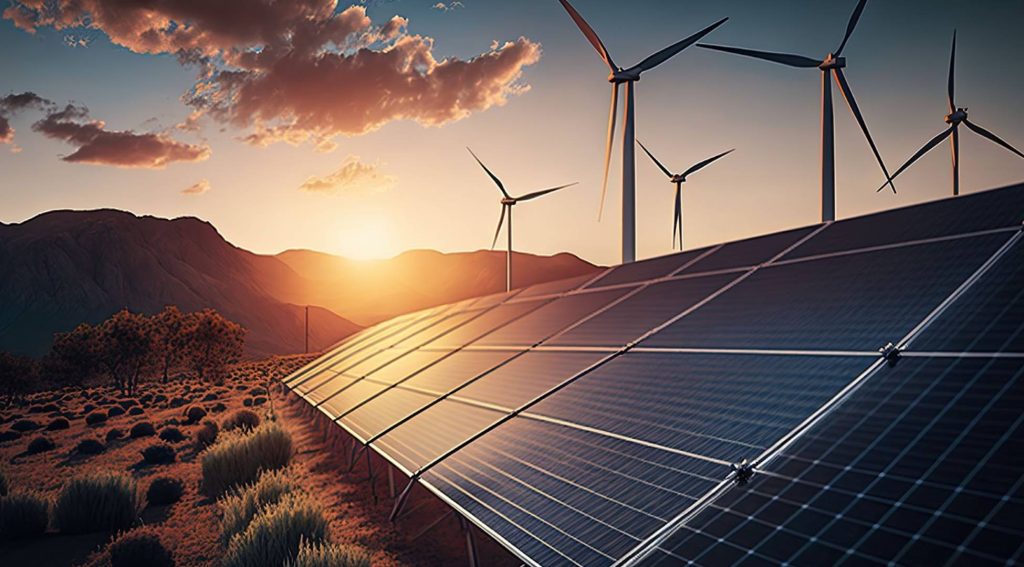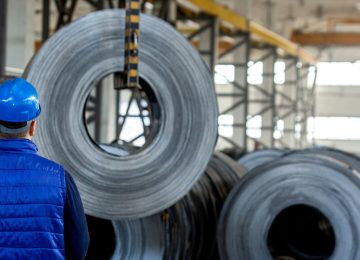The US solar energy industry stands at a fascinating crossroads.
After a decade of remarkable, often record-breaking, growth, the US solar energy sector is bracing for a potential slowdown. This anticipated deceleration isn’t a reflection of declining technological viability or a lack of demand for clean energy.
Instead, it stems from a discernible shift in Washington’s energy priorities and the complex interplay of trade policies, supply chain dynamics, and global compliance.
The US has emerged as a significant force in the global solar landscape. As of early 2025, the nation boasts approximately 248 GW of installed solar capacity, a monumental leap from its nascent stages. In 2024 alone, the US deployed a record 50 GW of new solar, representing two-thirds of all new electricity-generating capacity added to the grid.
This surge, driven by federal incentives like the Investment Tax Credit (ITC) and a growing societal imperative for renewable energy, has propelled solar to account for over 7% of total US electricity generation. Projections from the Solar Energy Industries Association (SEIA) and Wood Mackenzie suggest cumulative capacity could triple to 739 GWdc by 2035, underscoring the inherent potential.
Energy policy:
However, the prevailing winds from Washington appear to be shifting. A notable recalibration of energy policy is underway, with a perceived increased emphasis on fossil fuel production. This pivot is accompanied by legislative proposals that threaten to roll back key clean energy incentives enshrined in the Inflation Reduction Act (IRA).
For instance, a bill passed by the House of Representatives could significantly curtail residential solar tax credits from 2026 and introduce “foreign entity of concern” restrictions that might impede the usability of existing credits. Such moves inject considerable uncertainty into the market, directly impacting ongoing and future projects. Developers face higher costs, project delays, and even cancellations as the financial viability of their ventures is re-evaluated.
The policy shift is intrinsically linked to rising tariffs and trade protectionism. The US has implemented and escalated tariffs on imported solar components and raw materials, including steel and aluminum. While ostensibly aimed at fostering domestic manufacturing, these tariffs directly inflate production costs for US developers.
Furthermore, revised anti-dumping and countervailing duties (AD/CVD) on PV modules and cells from Southeast Asian nations (where many Chinese manufacturers have relocated operations) exacerbate these cost pressures. This creates a complex global compliance environment for companies navigating intricate supply chains.
Supply chain:
The supply chain itself is a nexus of these policy impacts. The IRA has spurred unprecedented growth in US domestic solar module manufacturing capacity, which now exceeds 50 GW. Yet, this growth primarily pertains to module assembly, with significant reliance remaining on imported upstream components like cells and wafers.
This dependence on foreign sources, particularly from China, leaves the US vulnerable to trade actions and highlights the challenge of building a truly self-sufficient solar supply chain. Companies are actively diversifying their sourcing to mitigate risks, exploring new manufacturing hubs in countries like India and Turkey. However, this diversification comes with increased logistical complexities and potentially higher costs.
Economically, the implications are far-reaching. Higher tariffs and policy uncertainty translate to increased project costs, which can ultimately lead to higher electricity prices for consumers. While the push for domestic manufacturing aims to create jobs, a slowdown in overall solar deployment due to economic headwinds could offset these gains, impacting employment in installation, development, and related services.
Reduced investment and a potential slowdown in the broader green economy also pose risks, hindering innovation and progress towards national and global climate goals. The aggressive use of tariffs also strains international trade relations, potentially inviting retaliatory measures and undermining collaborative efforts on global sustainability.
The solar value chain and its stakeholders are undeniably feeling the pressure. Developers face a more challenging risk-reward profile, compelling them to adapt by seeking new suppliers or even delaying projects.
The China influence:
Domestic manufacturers benefit from protectionist measures but must rapidly scale and compete on cost. International manufacturers confront higher barriers to entry in the US market, prompting them to redirect exports or strategically invest in US production facilities. Installers may see reduced demand, particularly in the residential sector, impacting their business volume. Investors, sensitive to market stability, may reallocate capital to less volatile sectors or regions. Ultimately, consumers might face higher upfront costs for solar installations or slower access to affordable clean energy.
The China influence is a dominant factor in this global solar narrative. China’s unparalleled manufacturing prowess gives it a near-monopoly on critical segments of the PV supply chain, accounting for over 80% of global manufacturing capacity. This scale has been instrumental in driving down global solar costs, making renewable energy more accessible worldwide.
China’s role as the largest exporter of solar products underscores its central position in meeting global demand. US tariffs, while aimed at fostering domestic industry, often paradoxically reinforce China’s strategic importance by increasing costs for alternatives or by encouraging Chinese companies to invest in US manufacturing to circumvent trade barriers.
Emerging India:
Globally, the solar landscape is defined by the leadership of China, the United States, and India. China remains the undisputed titan, with cumulative installed solar capacity far exceeding any other nation, nearing one terawatt (1000 GW)
in 2024.
India, however, is emerging as a critical third player, strategically positioned to capitalize on global shifts. Driven by ambitious renewable energy targets (500 GW by 2030), India has rapidly expanded its solar manufacturing capacity, with solar module production almost doubling to 74 GW in March 2025.
India’s declining reliance on Chinese modules and its increasing exports to the US, spurred by US tariffs on Southeast Asian imports, highlight a burgeoning opportunity. This trajectory could see India become a key alternative supplier in the global market, diversifying the supply chain beyond China and offering greater resilience.
The long-term outlook for global renewable energy hinges on navigating these intricate dynamics. While the US solar industry might experience a temporary slowdown due to policy shifts, the overarching global demand for clean energy, driven by ESG considerations and the pursuit of SDGs, remains robust.
Our take:
The challenge for nations, including the US, lies in crafting sustainability policies that balance economic protectionism with the urgent need for rapid decarbonization. The strategic competition and potential for collaboration among these solar giants—China, the US, and India—will undoubtedly shape the future of the global energy transition.












